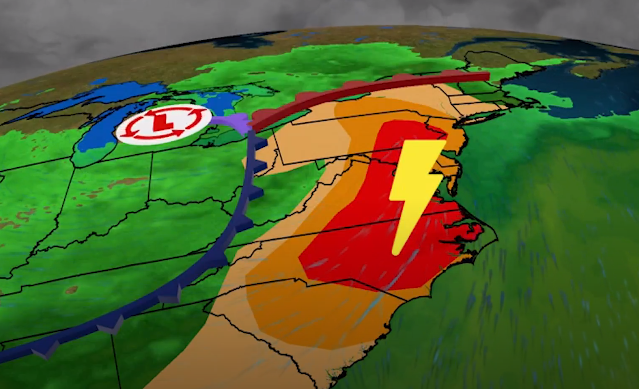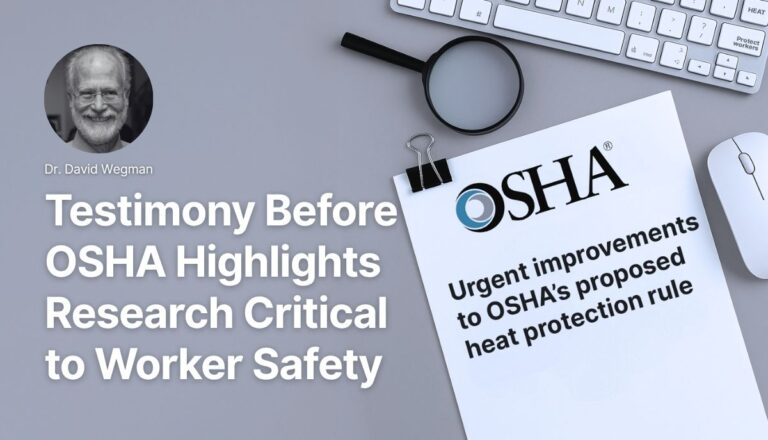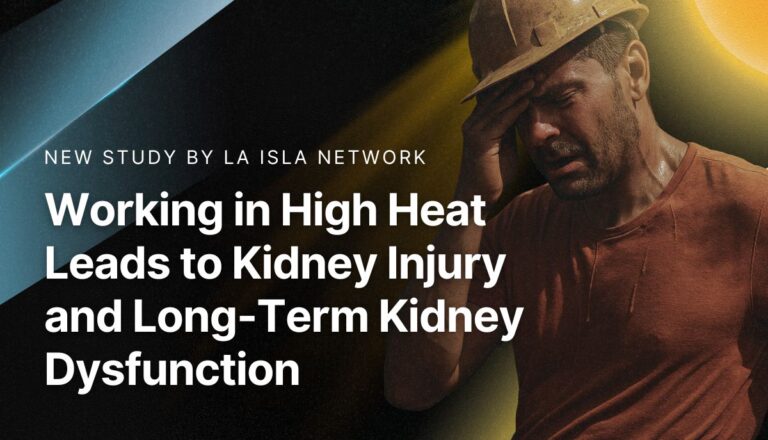Governor Greg Abbott of Texas signed into law on June 13 a law that will eliminate, among other rules, local rules mandating water breaks for construction workers. Not least, the law will prevent local governing bodies like counties and municipalities from making rules that protect workers across the board.
The law — House Bill 2127 — belongs to a class of legislation that weakens local authority by giving state governments more power to preempt local rulemaking ability. Typically, preemption laws are sweeping in nature, cutting across many industries.
Nevertheless, where they are present today, preemption laws hurt workers by giving employers and businesses the power to roll back regulations that prevent occupational illnesses and injuries.
According to the Economic Policy Institute, 43 of the 50 states in the U.S. have passed preemption laws that cut into at least one sector of workers’ rights: minimum wage, fair scheduling, project labor agreements, prevailing wage, paid leave and the gig economy. Texas is only the latest example.

As heat waves persist in Texas and the danger of heat in the workplace becomes evermore salient, however, Texas’ latest preemption law ravages the rights of workers to labor in a safe environment. Workers facing extreme heat must have access to sufficient water, rest, shade and sanitation.
Though the law does not prevent the state government from putting in place worker protections, it has not yet shown commitment to pass them on the state level. Surely, passing this bill without expressing a good faith commitment to protect workers is fatal.
Already, Texas is the deadliest state for workers in the United States. Data by the Bureau of Labor Statistics shows that in 2021 a Texas worker died on the job every 16.5 hours, and a construction laborer died every 3 days. An analysis by the Texas Observer revealed that every year from 2009 to 2021 Texas saw more worker deaths than any other state, including more-populous California. From 2011 to 2021, Texas saw 1,306 total deaths of construction workers, more than California and Pennsylvania combined, reported the Observer.
The grim statistics coming from Texas might only be the bellwether of a larger pattern of heat-related worker deaths. Public Citizen estimated last June that heat exposure is responsible for 170,000 work-related injuries, and 600 to 2,000 deaths annually. Surely, as the effects of climate change continue to exacerbate heat, these statistics might have yet to peak.
Where state governments usurp local authority and then abdicate responsibility, the federal government might pick up the slack. The U.S. Occupational Safety and Health Administration (OSHA) began working on a heat standard in 2011. Since then, OSHA has steadily worked with various stakeholders — policymakers, labor and health advocates and La Isla Network — to inform employers and employees about heat and work.
In 2021 OSHA announced the issuance of an Advance Notice of Proposed Rulemaking on heat illness prevention in outdoor and indoor work settings. This was a critical step in achieving an enforceable heat standard, as it opened up federal rulemaking to diverse perspectives on the fatal connection between extreme heat and work.
No matter where the decision comes from, people should take the necessary steps to protect themselves and those they are responsible to from extreme heat, not least in the workplace.
If you have any further questions or comments, please reach out to us using the contact form.








